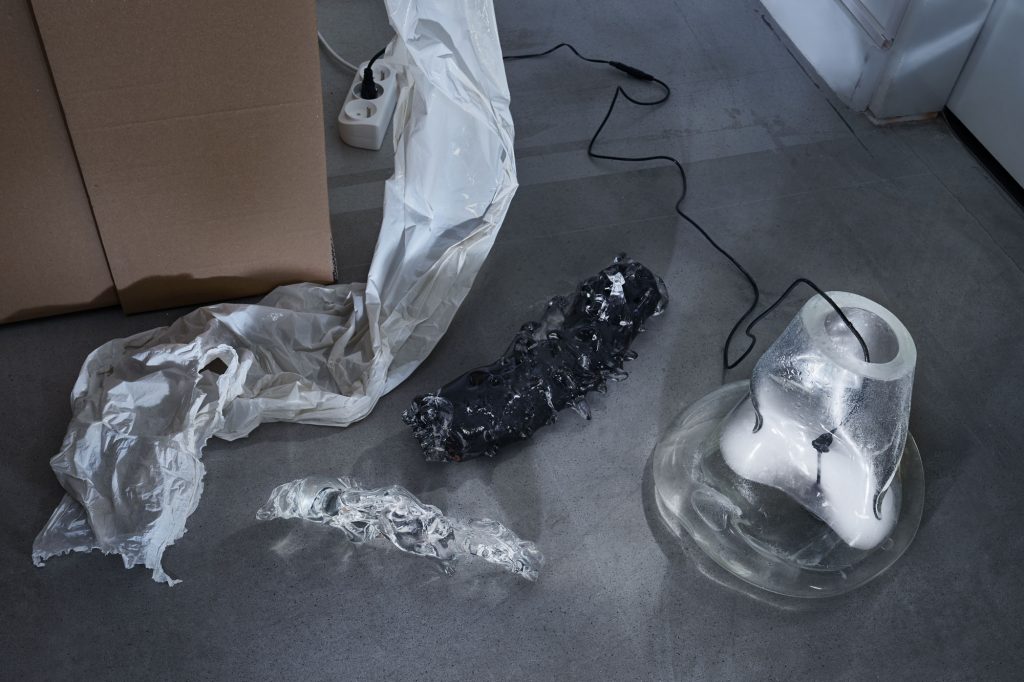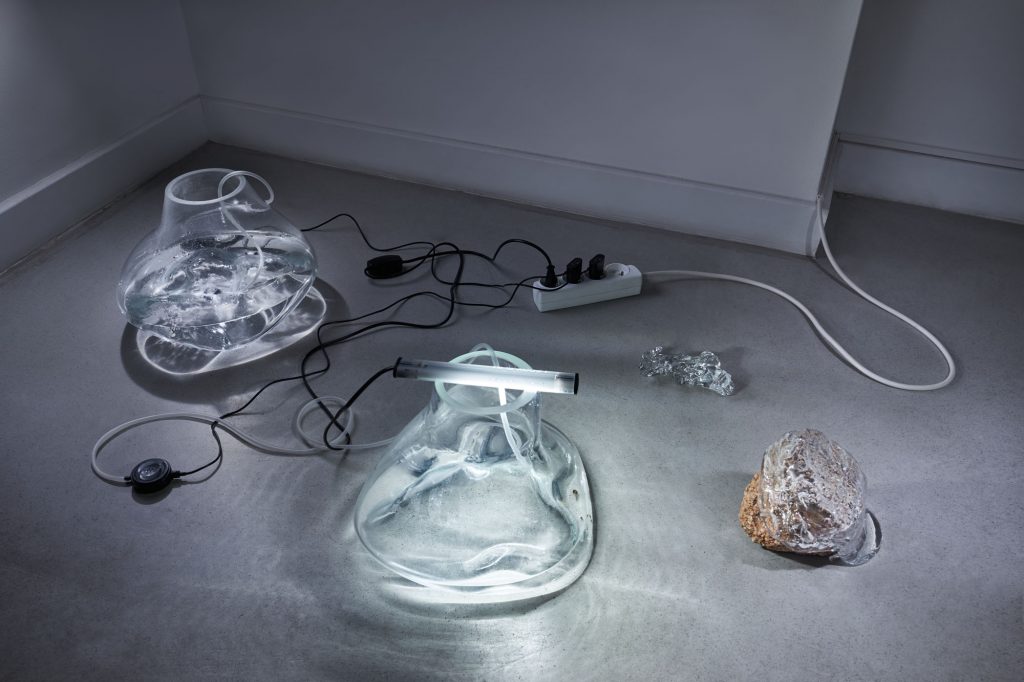TRAFO Center for Contemporary Art was opened in 2013. It is located in Szczecin – the Polish capital of the German-Polish border region Pomerania.
TRAFO serves as a multifunctional meeting platform for artists and visitors. It introduces the audience to the tools of art by putting them in various contexts and transdisciplinary relationships. Visual works interact with literature, music, theatre, social sciences and new technologies.
TRAFO acts as an “interpreter” promoting art and placing it in an extremely complex cultural, socio-political, economic and existential domain.
TRAFO is a post-institution which does not follow rigid rules in the rapidly changing world of art.
TRAFO is a testing ground for the history of art, it provides a space for experimentation and demonstration of the artistic process, production and testing of knowledge.
The program of TRAFO consists of exhibitions, research and residency programs, publishing activities, meetings, concerts, lectures. Its integral part is an ongoing educational program addressed to different age groups and introducing them to the issues of contemporary art.
TRAFO Center for Contemporary Art in Szczecin is a public art institution organized by the City of Szczecin.
Art tests / pushes the limits of social acceptance.
Art is a self-educating and flexible tool which opportunistically adapts itself to the quick changes of today’s world. As an experimental way of cognition and an intensive form of life, art appears to be an offer where other branches of knowledge are afraid to take the risk of experimentation or where they are limited by rationality, directly conditioned by economic neo-liberalism.
Art institutions, artists, curators and the whole system of the art world provide a powerful tool of communication and persuasion. Nevertheless, the members of this system do not use the potent mechanism they have. Alternatively, they always use it in the same way – to effectively convince others that unsolvable puzzles are the only binding model of questioning in art, and that paradox is the only model of providing answers. The apparatus of art, similarly to academic discourses, could become a powerful channel of influence and a full participant and co-originator of the debate on the shape of reality and the ways of experiencing the world.
Let us dare to use the non-binding language of art. If we take art seriously, we should accept and apply the knowledge it produces in our lives.
Stanisław Ruksza, Director of TRAFO Center for Contemporary Art






Add a review